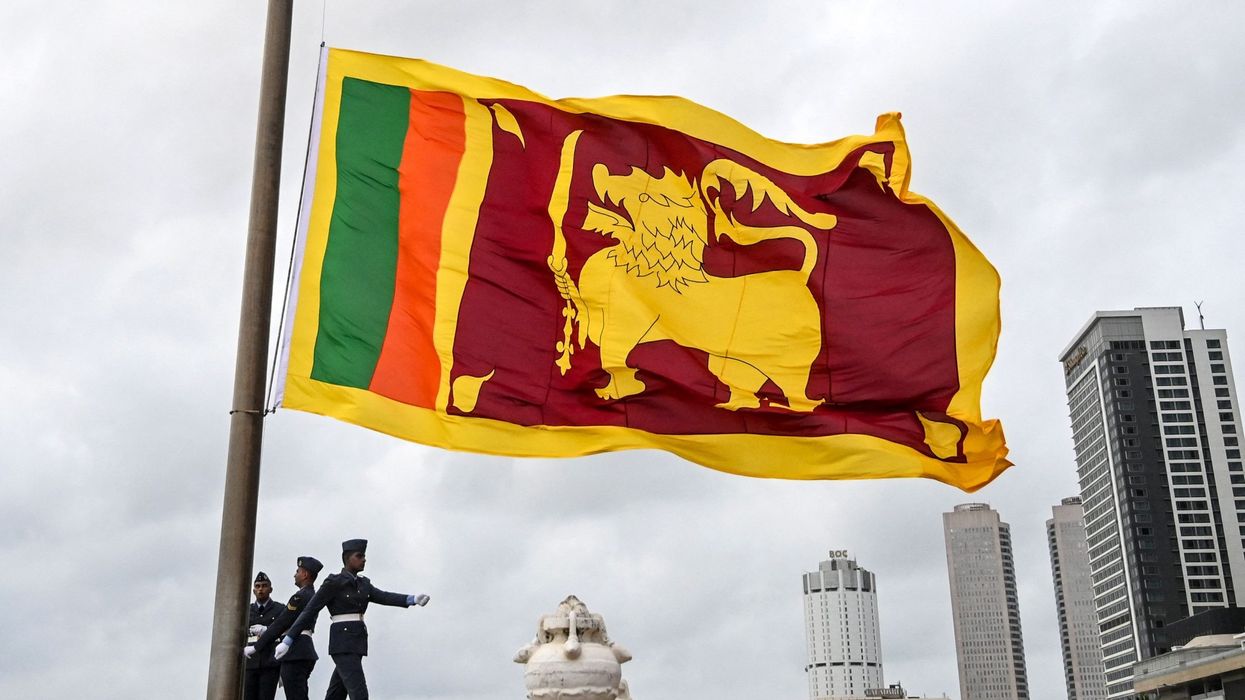SRI LANKA expects to implement a debt restructuring framework within the first six months of 2024, the country’s president said last Wednesday (7), expressing confidence that the nation was recovering from its worst financial crisis in decades.
President Ranil Wickremesinghe said the island nation was aiming to grow its gross domestic product (GDP) by up to three per cent this year.
Sri Lanka’s economy is estimated by the World Bank to have contracted by 3.8 per cent last year, but is expected to grow by 1.7 per cent in 2024. Sri Lanka’s central bank has projected a more optimistic growth of three per cent for this year.
“Our economy plummeted like a meteorite, but we also managed to recover at rocket pace,” Wickremesinghe, 74, told the ceremonial opening of parliament. “We are in the middle of a V-shaped recovery.”
“Now, we have to continue on this path. It will not be easy. There are no short-term solutions,” he said, adding that Sri Lanka’s overall debt at the end of September stood at $91 billion (£72.2bn).
The country defaulted on its overseas debt in May 2022 after a severe shortage of foreign exchange reserves.
Sri Lanka has since made progress on about $11 billion (£8.72bn) of bilateral debt restructuring and hopes to have agreements in place with all key creditors, including bondholders, by May at the latest, said foreign minister Ali Sabry.
The country finalised a $2.9 billion bailout from the International Monetary Fund (IMF) in March last year, which helped temper inflation, improved state revenue and boosted foreign exchange.













